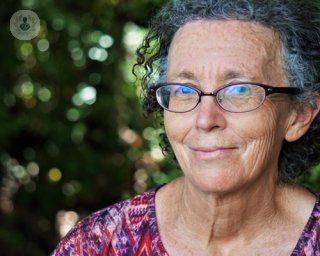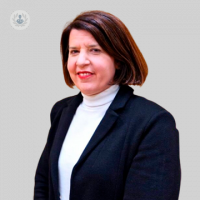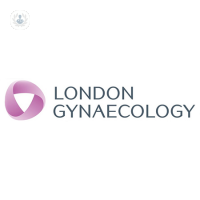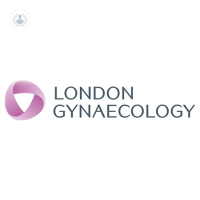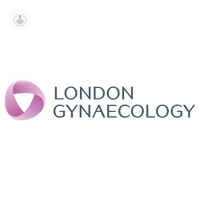Perimenopause
Dr Theodora Kalentzi - GP (general practitioner)
Created on: 08-29-2023
Updated on: 04-26-2024
Edited by: Conor Lynch
What is perimenopause?
Perimenopause, sometimes also called the ‘menopause transition’, is the period leading up to the menopause. Menopause, which is the more well-known term, is the medical definition of the permanent end of menstrual cycles.
Perimenopause starts when the first features of approaching the menopause occur such as menopausal symptoms and menstrual changes, and ends 12 months after the last menstrual period.
During perimenopause, the ovaries produce less oestrogen and other hormones and the levels can fluctuate. Eggs are released less regularly and the body becomes less fertile. Having said that, pregnancies may still happen in perimenopause.

What are the first signs of perimenopause?
Typically, the first signs of perimenopause are changes in the menstrual cycles; periods may become irregular and longer. Perimenopause is also associated with a variety of symptoms, including:
- Hot flushes/flashes
- Mood swings
- Anxiety
- Joint pains
- Headaches
- Sleep problems
- Weight gain
- Poor concentration
- Low libido
- Vaginal dryness
- Bladder symptoms such as urgency, leakage, getting up at night
Symptoms may come and go, and periods may be regular, which can be confusing. Every woman will experience the perimenopause differently and for some it can be very difficult to cope with. An individualised approach is paramount.
What is the typical age of perimenopause?
Perimenopause may start years before the menopause and the average age of menopause in the UK is 51. Typically, most women enter the perimenopause in their 40s. However, for some it may begin in their 30s.
What are the stages of perimenopause?
In medical terms, and under the STRAW staging system, there are three stages of perimenopause, which are defined in relation to the last menstrual cycle. The third stage below (c), actually covers the period after the menopause:
- Early menopausal transition (stage -2)
This is the stage when hormone levels may start fluctuating and menstrual cycle length may become longer and irregular.
It may start a number of years before the menopause occurs.
- Late menopausal transition (stage -1)
In this stage irregular cycles become more common and there is at least one episode of no bleeding for 60 days or more.
This stage may last 1 to 3 years before the menopause.
- Early postmenopause (stage 1a)
This is the stage straight after the menopause. During this stage, there are no menstrual cycles and lasts for 12 months.
How is perimenopause treated?
Every woman will experience the perimenopause differently and not everyone needs to be treated. Perimenopausal symptoms may vary from very mild to debilitating.
Treatment is needed when symptoms are affecting day-to-day life. There are several treatments available. One of the most effective treatments for perimenopausal symptoms is hormone replacement therapy, known as HRT. There are many HRT options available and not one size fits all. Perimenopause often needs more tailor-made treatment than menopause.
When or if HRT is not an option, there are other medical or alternative treatments to be considered. These may vary from antidepressants to CBT (cognitive behavioural therapy) and acupuncture.
Perimenopause is a good time to reflect on lifestyle changes such as eating and exercise, as these can help manage some perimenopausal symptoms such as hot flushes/flashes and anxiety.
One could also consider strategies for coping with specific symptoms such as:
- avoiding fabrics that can’t breathe, e.g. polyester, in order to manage hot flushes/flashes
- practising pelvic floor exercises in order to help reduce urinary leakage

